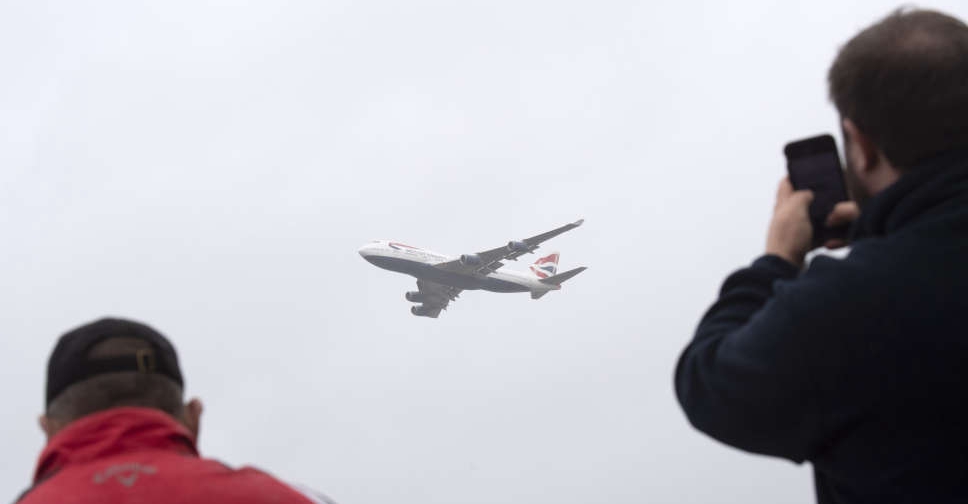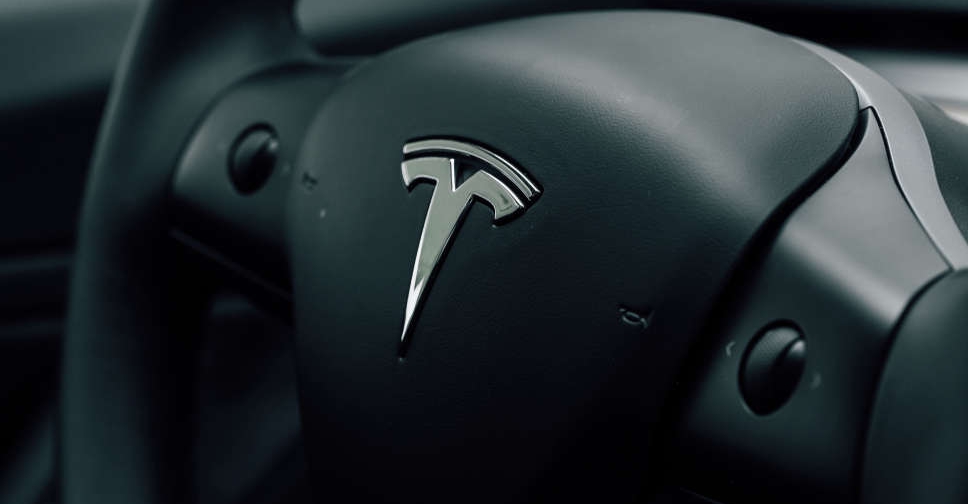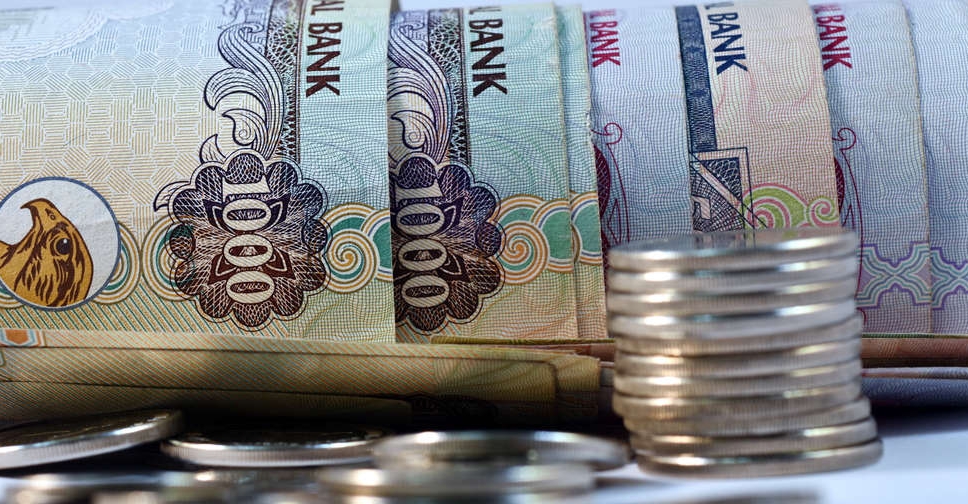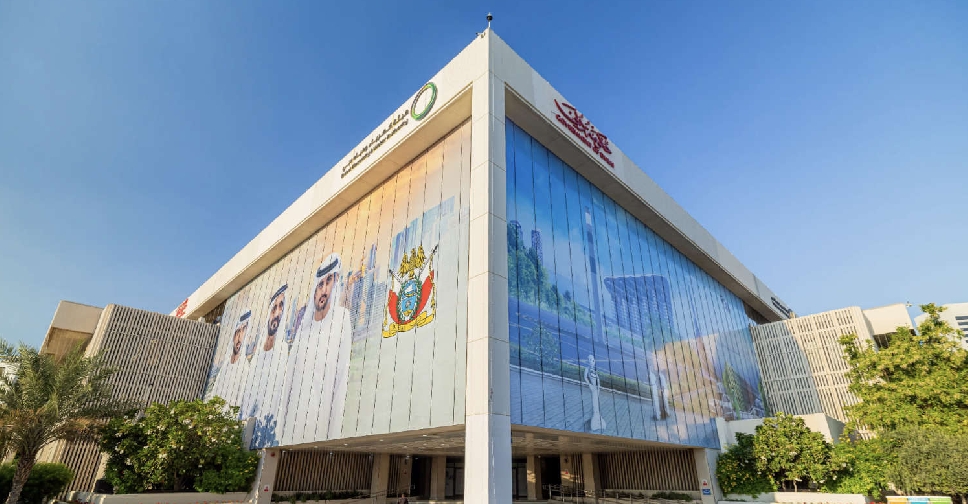
Boeing's, the original and arguably most aesthetic "Jumbo Jet", revolutionised air travel only to see its more than five-decade reign as "Queen of the Skies" ended by more efficient twinjet planes.
The last commercial Boeing jumbo will be delivered to Atlas Air in the surviving freighter version on Tuesday, 53 years after the 747's instantly recognisable humped silhouette grabbed global attention as a Pan Am passenger jet.
"On the ground it's stately, it's imposing," said Bruce Dickinson, the lead singer of Iron Maiden who piloted a specially liveried 747 nicknamed "Ed Force One" during the British heavy metal band's tour in 2016.
"And in the air it's surprisingly agile. For this massive airplane, you can really chuck it around if you have to."
Designed in the late 1960s to meet demand for mass travel, the world's first twin-aisle wide-body jetliner's nose and upper deck became the world's most luxurious club above the clouds.
But it was in the seemingly endless rows at the back of the new jumbo that the 747 transformed travel.
"This was THE airplane that introduced flying for the middle class in the US," said Air France-KLM CEO Ben Smith.
"Prior to the 747 your average family couldn't fly from the US to Europe affordably,"
The jumbo also made its mark on global affairs, symbolising war and peace, from America's "Doomsday Plane" nuclear command post to papal visits on chartered 747s nicknamed Shepherd One.
Now, two previously delivered 747s are being fitted to replace US presidential jets known globally as Air Force One.
As a Pan Am flight attendant, Linda Freier served passengers ranging from Michael Jackson to Mother Teresa.
"It was an incredible diversity of passengers. People who were well dressed and people who had very little and spent everything they had on that ticket," Freier said.
TRANSFORMATIONAL
When the first 747 took off from New York on Jan 22, 1970, after a delay due to an engine glitch, it more than doubled plane capacity to 350-400 seats, in turn reshaping airport design.
"It was the aircraft for the people, the one that really delivered the capability to be a mass market," aviation historian Max Kingsley-Jones said.
"It was transformational across all aspects of the industry," the senior consultant at Ascend by Cirium added.
Its birth becomes the stuff of aviation myth.
Pan Am founder Juan Trippe sought to cut costs by increasing the number of seats. On a fishing trip, he challenged Boeing President William Allen to make something dwarfing the 707.
Allen put legendary engineer Joe Sutter in charge. It took only 28 months for Sutter's team known as "the Incredibles" to develop the 747 before the first flight on February 9, 1969.
Although it eventually became a cash cow, the 747's initial years were riddled with problems and the $1-billion development costs almost bankrupted Boeing, which believed the future of air travel lay in supersonic jets.
After a slump during the 1970s oil crisis, the plane's heyday arrived in 1989 when Boeing introduced the 747-400 with new engines and lighter materials, making it a perfect fit to meet the growing demand for trans-Pacific flights.
"The 747 is the most beautiful and easy plane to land ... It's just like landing an armchair," said Dickinson, who also chairs aviation maintenance firm Caerdav.
AGE OF ECONOMICS
The same swell of innovation that got the 747 off the ground has spelled its end, as advances made it possible for dual-engine jets to replicate its range and capacity at lower cost.
Yet the 777X, set to take the 747's place at the top of the jet market, will not be ready until at least 2025 after delays.
"In terms of impressive technology, great capacity, great economics ... (the 777X) does sadly make the 747 look obsolete," AeroDynamic Advisory managing director Richard Aboulafia said.
Nevertheless, the latest 747-8 version is set to grace the skies for years, chiefly as a freighter, having outlasted European Airbus' AIR.PA double-decker A380 passenger jet in production.
This week's final 747 delivery leaves questions over the future of the mammoth but now under-used Everett widebody production plant outside Seattle, while Boeing is also struggling after the COVID pandemic and a 737 MAX safety crisis.
Chief Executive Dave Calhoun has said Boeing may not design a new airliner for at least a decade.
"It was one of the wonders of the modern industrial age," said Aboulafia, "But this isn't an age of wonders, it's an age of economics."




 Tesla warns it could face retaliatory tariffs
Tesla warns it could face retaliatory tariffs
 Abu Dhabi Fund for Development launches luxury hotel project in Egypt
Abu Dhabi Fund for Development launches luxury hotel project in Egypt
 UAEFTS processes AED 19.89 trillion in transactions in 2024
UAEFTS processes AED 19.89 trillion in transactions in 2024
 DEWA contributes AED 20m to Fathers’ Endowment campaign
DEWA contributes AED 20m to Fathers’ Endowment campaign

